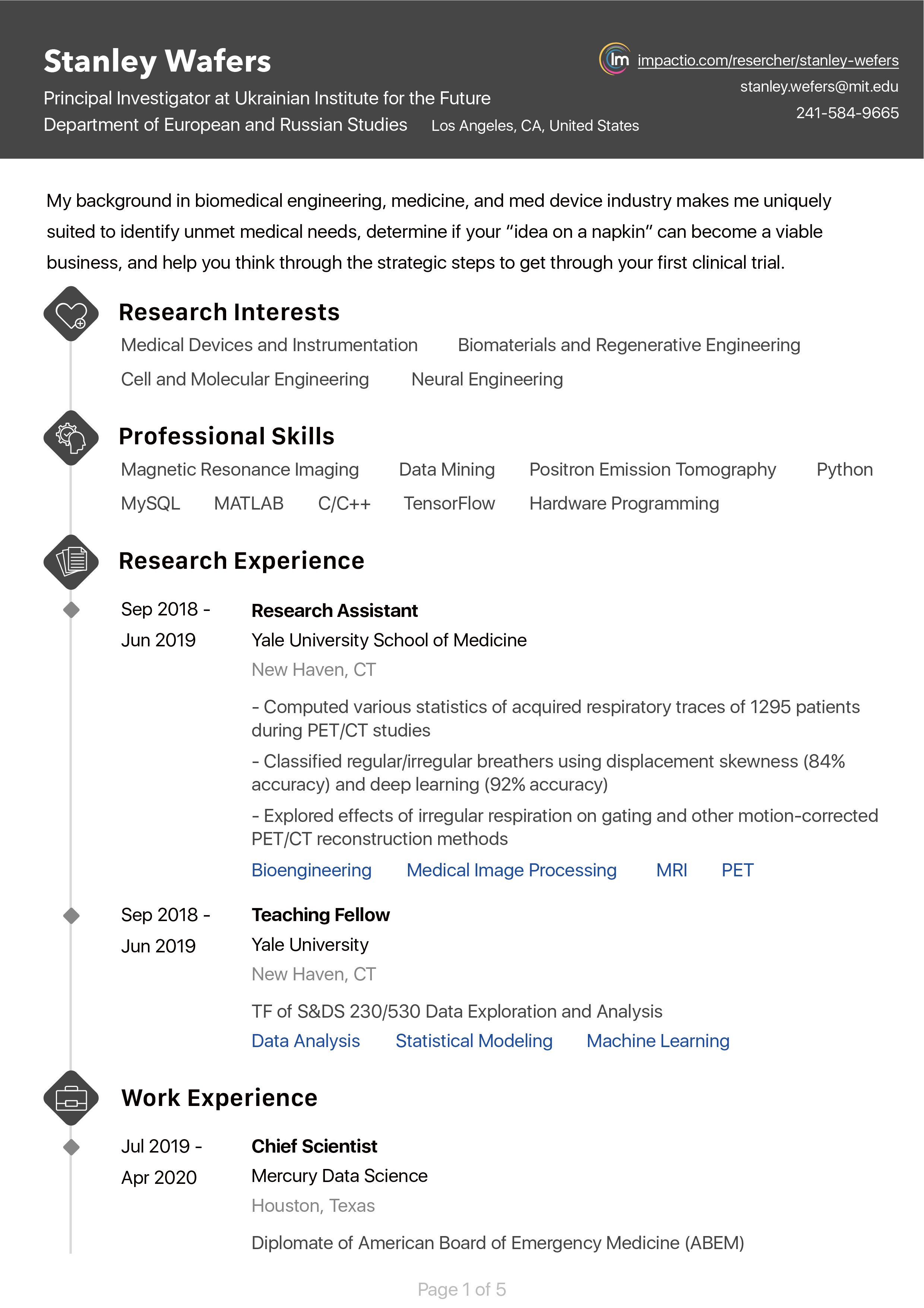With a minor in Caribben Studies
The Music of the Black Power Movement in Trinidad: A Survey of calypsos from 1968-1983.
This year marks the 45th anniversary of the explosion of the Black Power movement in the national consciousness of Trinidad and Tobago--the amalgamation of student and union activism in the name of equality. Every political movement is accompanied by an artistic movement which both documents and enriches the zeitgeist. This paper explores the musical response of Trinbagonians to the call for Black power. First, I will discuss factors informing the Black Power Movement’s aesthetics, especially the influence of The New World Group, international politics, and local socio-economic pressure, and establish a working definition of a Trinidad and Tobago Black Arts Movement. Then, by surveying the lyrical and musical compositions performed by the likes of Duke, Black Stalin, Brother Valentino and others, this paper will trace the influence of the Black Power Movement’s aesthetics on popular culture in Trinidad as well as investigate the power structure’s (represented by carnival adjudicators) response to the Black Power Calypsos. Further, this paper will discuss whether the aesthetics and consciousness of the Black Power Movement persist in the art-form as more than elements of style.
Abstract
Post-Colonial Stress Disorder (PCSD) is a diagnosis typically applied to individuals of a native/aboriginal population suffering from the trauma of violent colonial policies. Similar to PTSD sufferers, these individuals exhibit psycho-social problems such as alcoholism, nihilism, and violence. What is interesting about PCSD is that it is a communal one. If we look at former colonies, such as in the Caribbean, PCSD may be used as a comprehensive diagnostic tool to answer, from a psycho-social and cultural perspective, why these island nations seemed stagnated, weighed down by colonial trauma and the psychological fall out.
For the Caribbean, this trauma is symbolized by the Middle Passage—the conduit of the majority of our ancestors into systems of trauma. At the same time, however, as Wilson Harris argues, the Middle Passage serves as creative impetus, not the history of it, but the need to overcome the trauma of it. Recognizing the Middle Passage for its psychic function allows us to see the repetition of this site of trauma in modern history and cultural productions. This paper provides the theoretical framework for such an investigation by expanding on Wilson Harris’ theory of the Middle Passage using Wole Soyinka’s theory of the fourth stage.
Abstract
Today’s music scene, perpetuates segregation in music. However, such marketing belies the more permeable boundaries between genres or that elements of “black” music still exist in rock or that “white” elements exist in hip hop. One example of black musical elements in a “rock” song is Radiohead’s “Bloom” the first track from The King of Limbs (TKOL) released in 2011. Any Radiohead fan can assert that part of the band’s popular and critical appeal is their ability to layer sound, creating textured musical experiences. This architectural sound is taken a step further in “Bloom” which has a West African inspired rhythmic arrangement. Not only does this destabilize boundaries maintained by the marketing machine of the music industry, but it also raises some interesting cross cultural possibilities as to how the song might function. For example, given the multiple functions of West African music as political/social/spiritual productions, what insights might one gain by analyzing “Bloom” as a spiritual/psychic experience, especially from an African world view? This paper will examine the structure of “Bloom” using J.H. Kwabena Nketia’s explanation of West African composition theory and explore the spiritual experience of “Bloom” using Wole Soyinka’s theory of the “fourth stage” and the Bantu philosophy of vital force to illustrate the artificialness of the categories into which we place music and cultures.









